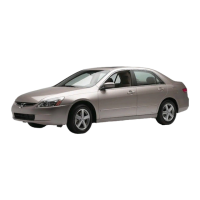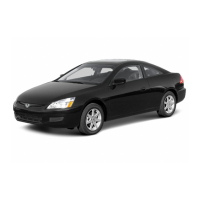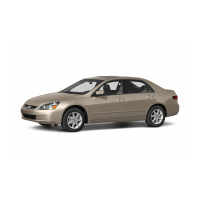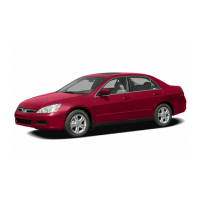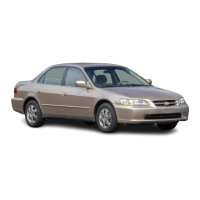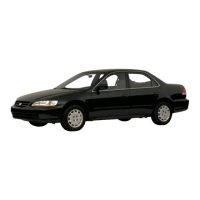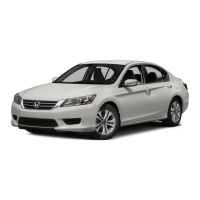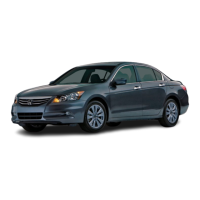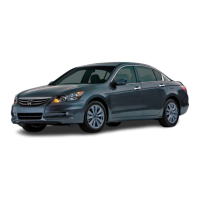Only a rear-facing child seat provides
proper support for a baby’s head,
neck, and back. Infants up to about
one year of age must be restrained in
a rear-facing child seat.
In this car, a rear-facing child seat
can be placed in any seating position
in the back seat, but not in the front
seat.
Two types of seats may be used: a
seat designed exclusively for infants,
or a convertible seat used in the rear-
facing, reclining mode.
We recommend that an infant be
restrained in a rear-facing child seat
until the infant reaches the seat
maker’s weight or height limit and is
able to sit up without support.
If the passenger’s
front airbag inflates, it can hit the
back of the child seat with enough
force to kill or seriously injure an
infant. If an infant must be closely
watched, we recommend that
another adult sit in the back seat
with the baby.
If placed
facing forward, an infant could be
very seriously injured during a
frontal collision.
Protecting Inf ants
Child Seat Type
Rear-Facing Child Seat Placement
Never put a rear-facing child seat in
the front seat.
Do not put a rear-facing child seat in
a forward-facing position.
Protecting Children
Driver and Passenger Safety
30
Placing a rear-facing child seat
in the front seat can result in
serious injury or death if the
passenger’s front airbag inflates.
Always place a rear-facing child
seat in the back seat, not the
front.
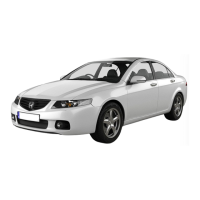
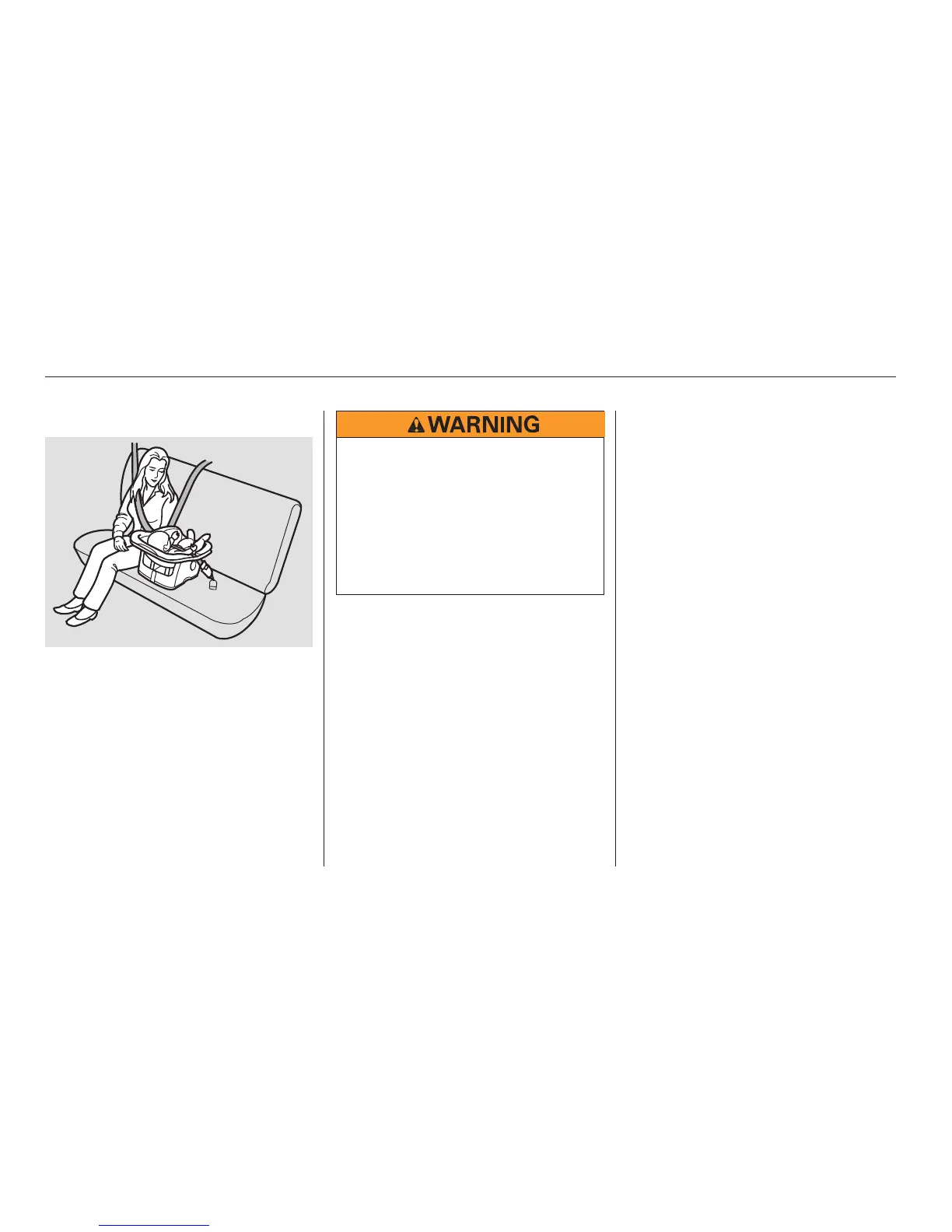